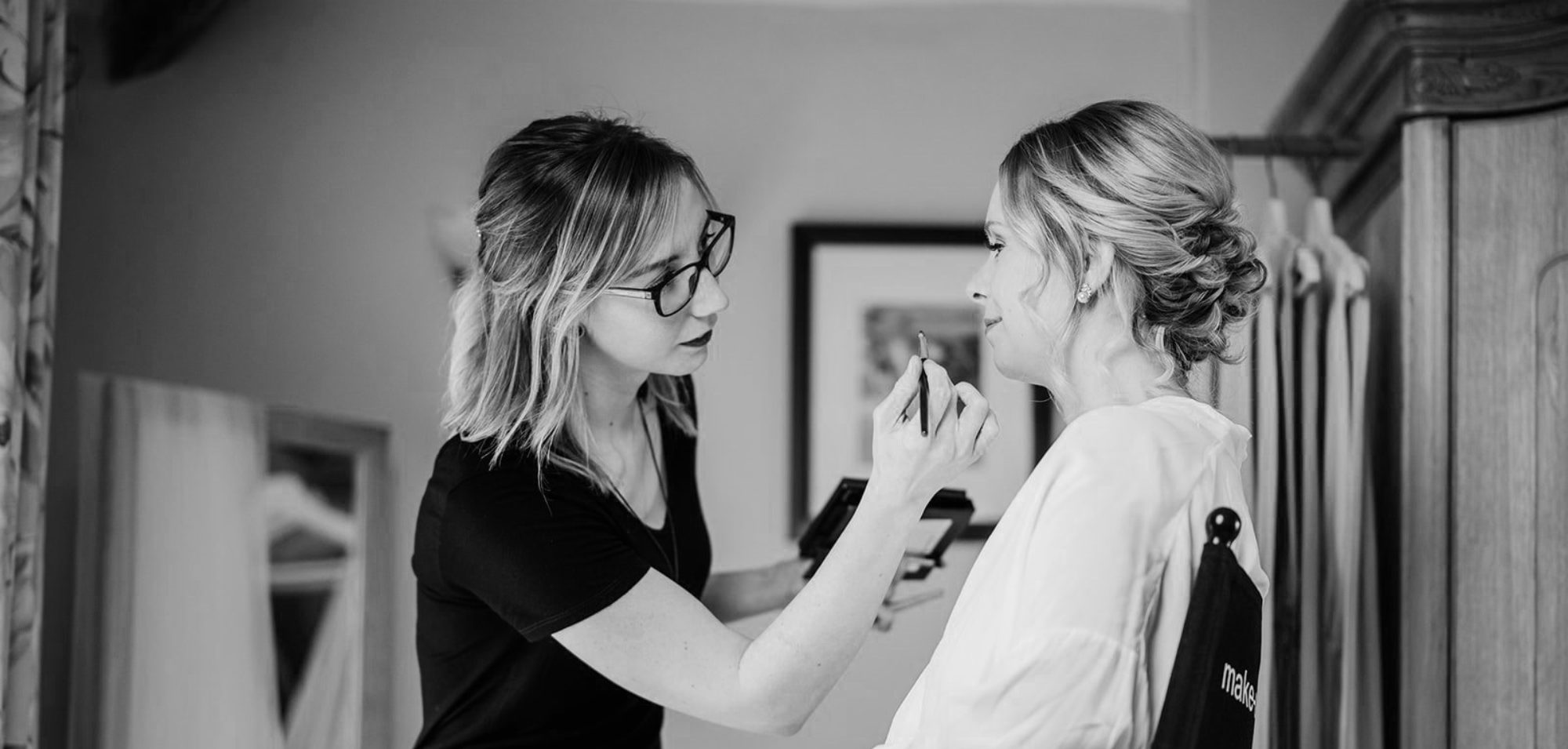753BC – 476AD

Skincare:
Ancient Romans would wear face masks for skin care, mostly made from sheep sweat (lanolin) which is still widely used in today’s cosmetics and food. Other ingredients included honey, horns, excrement, seeds, plants, placenta, bone marrow, vinegar, bile, urine, sulphur, eggs, myrrh, chicken fat, onions, etc.
Make-up:

The Italian word for make-up is ‘trucco’, which means ‘trick’.
Make-up was used in the Ancient Roman times daily. The rich could afford the very expensive cosmetics that had been imported from China etc. The poor, however, were sold cheap knock-offs. Make-up was a time consuming task and needed to be reapplied several times a day due to it being so hot. The rich had their female slaves apply it for them.
The theme of pale skin is still around and by now Romans had realised that the lead make-up was dangerous, however they carried on using it as they apparently thought being paler was more important… ?! They also used chalk powder, white marl and crocodile dung.
As they preferred porcelain skin, they didn’t like any freckles, wrinkles, blemishes or sunspots. They would cover any of these up with soft leather patches cut on top crescent or circle shapes and pretend they were beauty marks.
They used a light application of blush, which a lot of the time, because of the heat, would run down their faces and have to be re-applied. For the poorer ladies, instead of using the iron oxide, they would rub seaweed on their cheeks. There is no evidence of Romans using lipstick.
Kohl was applied around the eyes by using a stick made from ivory, glass, bone or wood that was dipped in oil or water first. They would use coloured eye shadow, green and blue. They would thicken their eyelashes using burnt cork, it was ideal to have long thick eyelashes as this was said to prove their virginity.
The Ancient Romans also liked their eyebrows to near enough meet in the middle. Plucking eyebrows began in 1st century BCE.
Hair:
Hair was a status symbol and sign of beauty and wealth. A ‘natural’ style was associated with barbarians, Roman women liked to have complex hairstyles that would take hours for their hairdressers/slaves to create. They would curl the hair with a ‘calamistrum’ which were bronze rods heated on hot ashes. False hair pieces were also used to add to the effect.
Roman men also had a lot of expectation set upon them. If they removed too much hair, they were viewed as effeminate, but if they removed too little hair they were unrefined. Times changed as the different Emperors gained the throne. One, Emperor Elagabalus, removed all of his body hair and wore make-up too, which the Romans were not happy about! Another, Emperor Nero, wore curled hair that framed his face and this started the trend for sideburns.
As the Romans bought in slaves from all over, they saw many different hair colours. They too liked to bleach their hair blonde, although it was required by law that prostitutes had their hair blonde to set them apart. Red hair was also very popular, though only the wealthy could afford to make their hair such a different colour. They would use henna, or berries, vinegar and crushed nutshells. If they wanted to dye their hair black they would make up a mixture of leeches and vinegar, let it ferment for two months and then apply it to their hair and sit in the sun to bake it in. They also powdered their hair with gold dust.

NEXT: Viking Age
BACK: Ancient Greek

